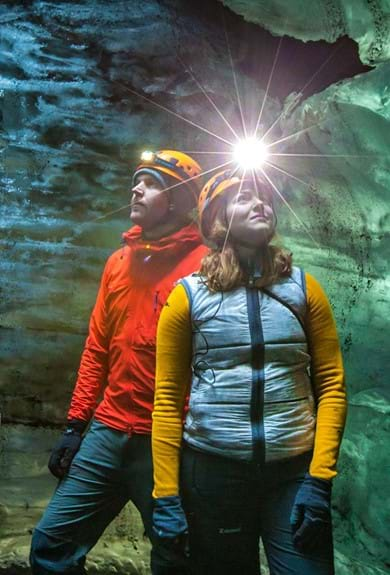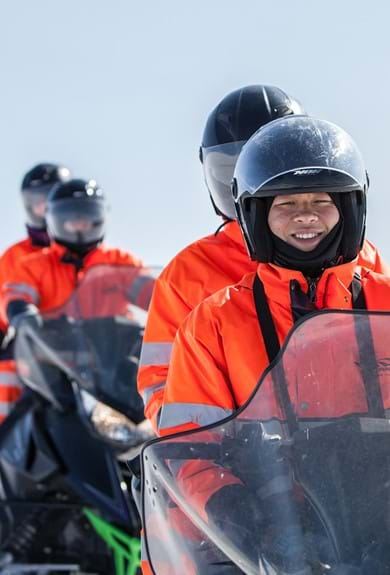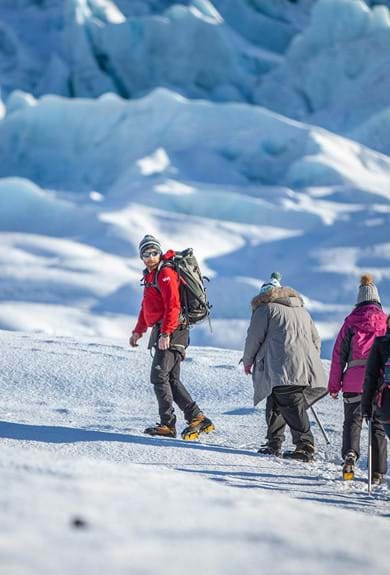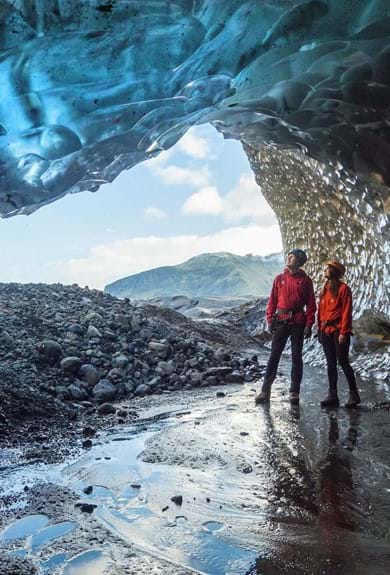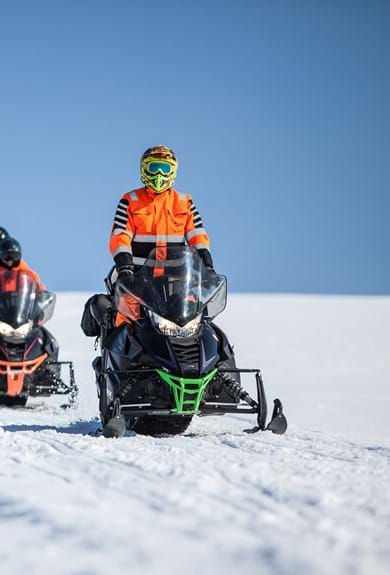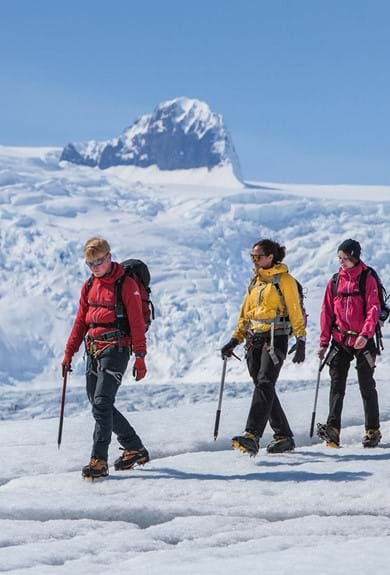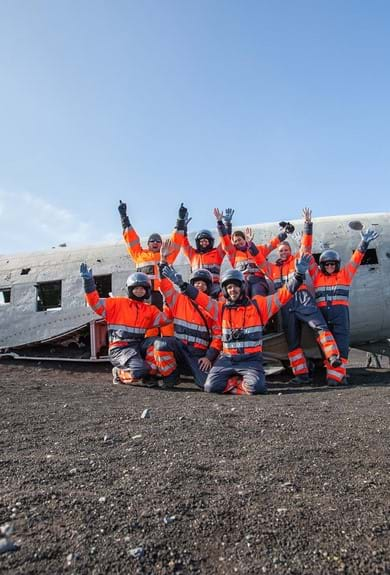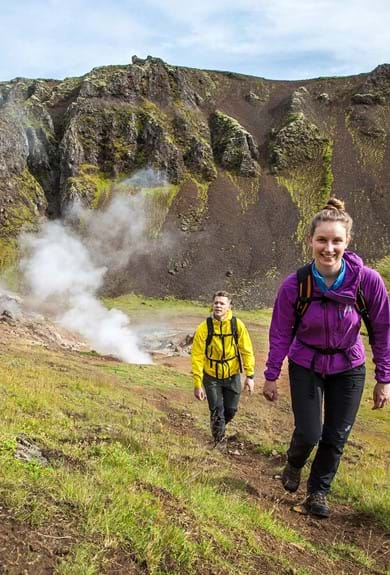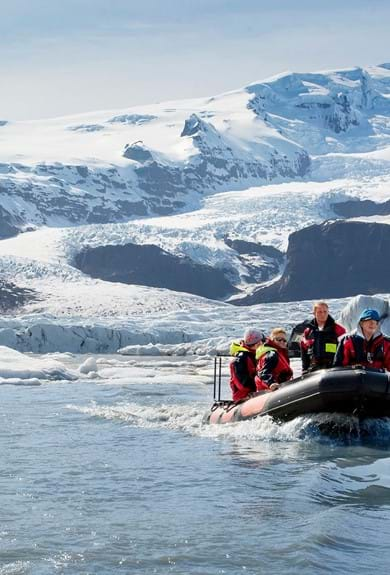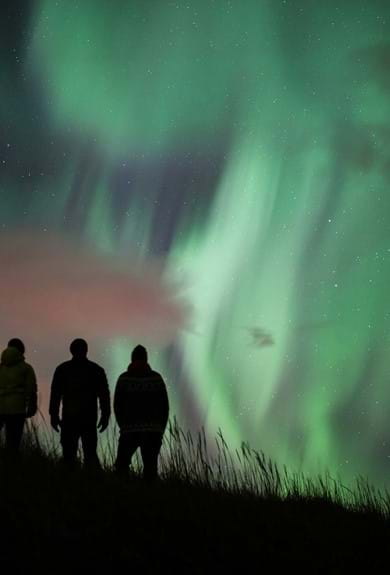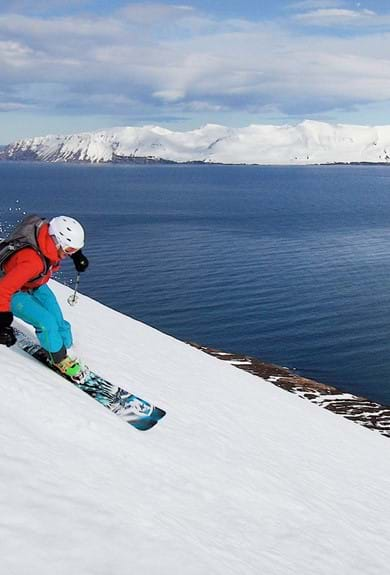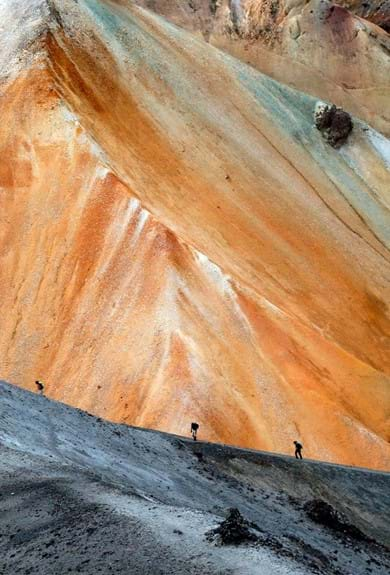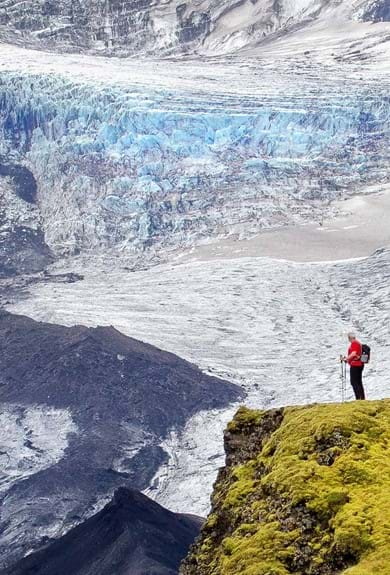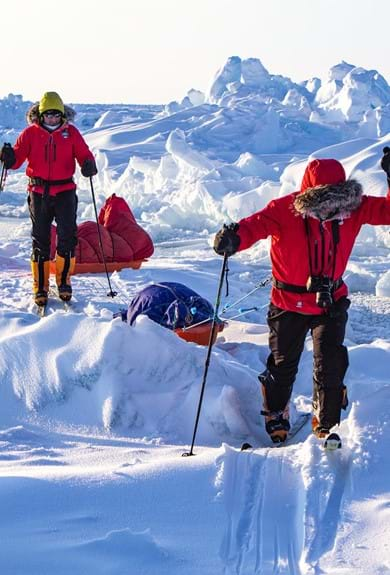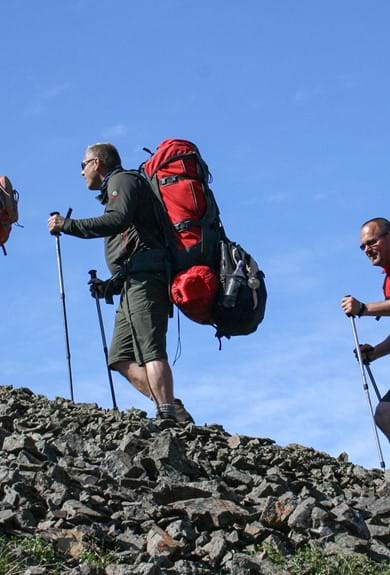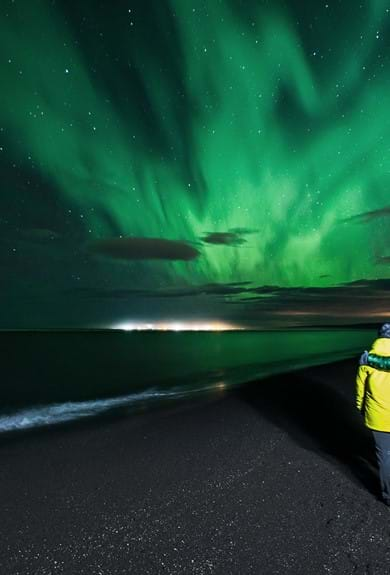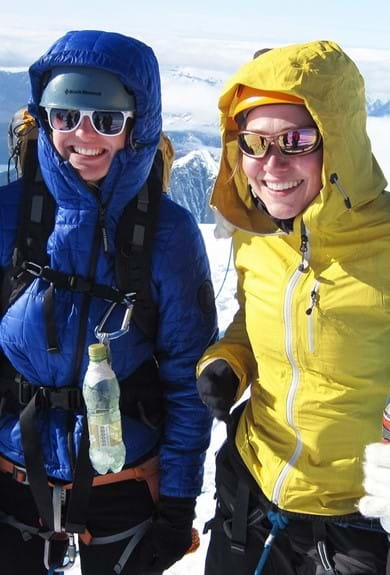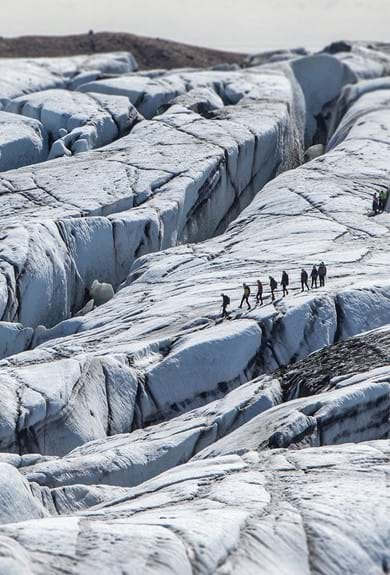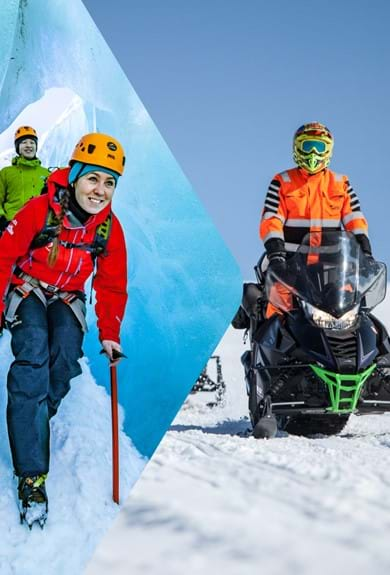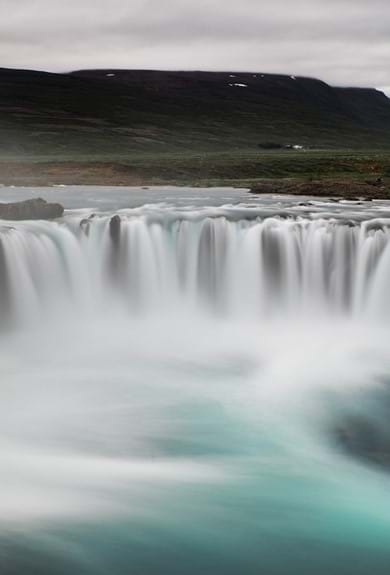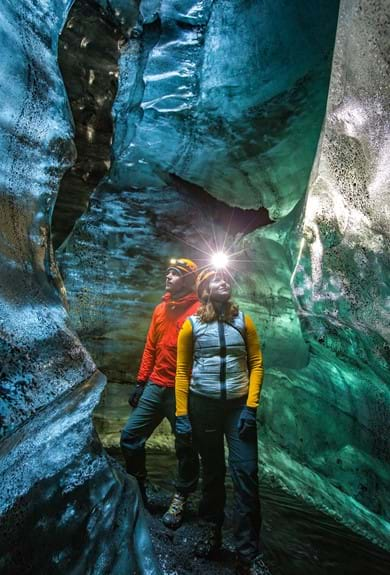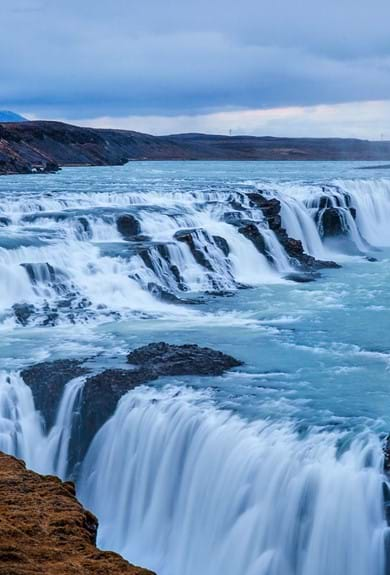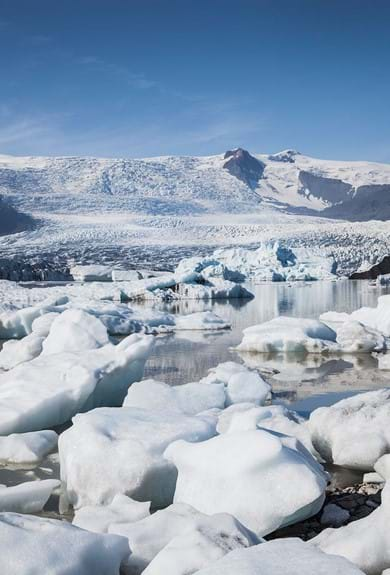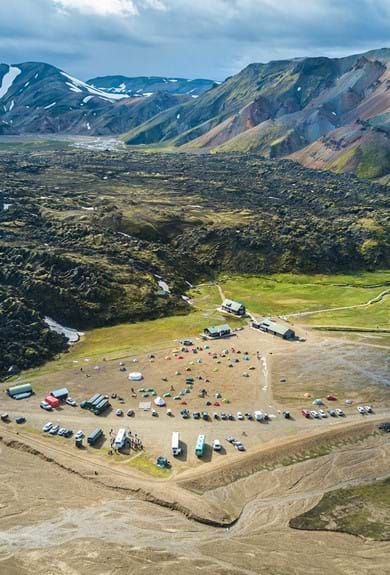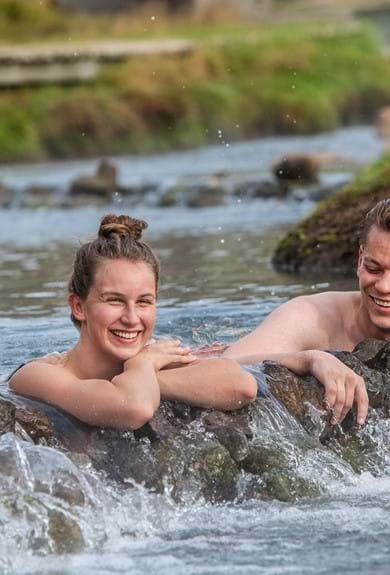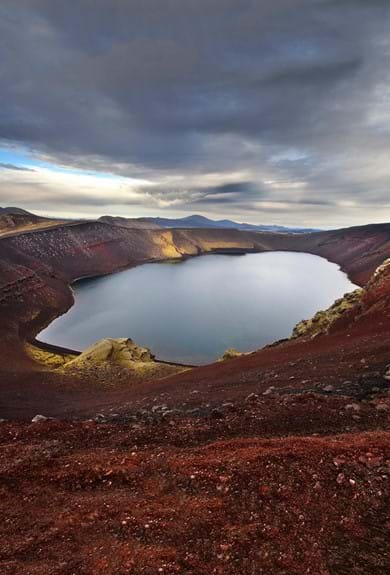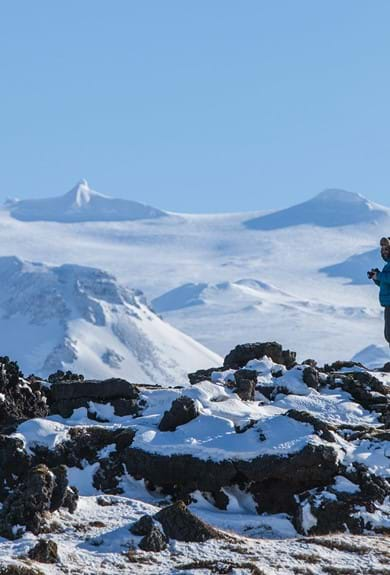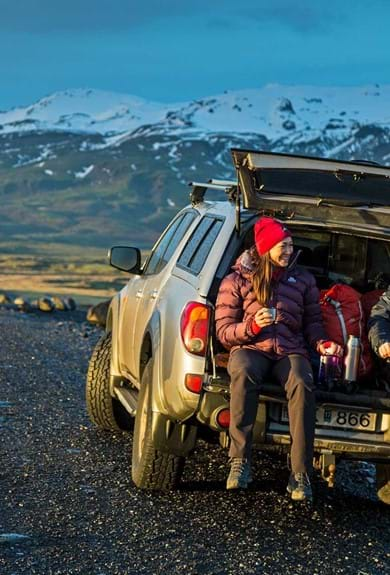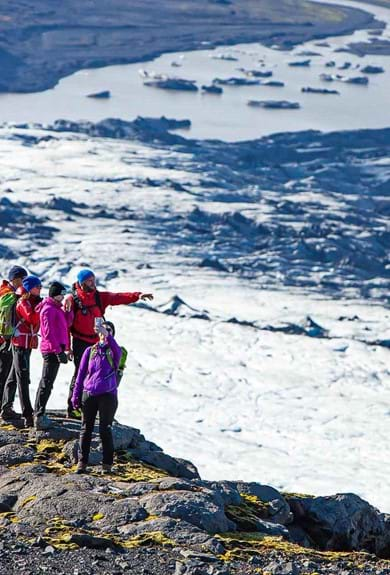The Ultimate Post-Coronavirus Mission
As lockdown begins to ease it is time to limber up and look to getting as far away from the sofa and Netflix account as humanly possible. If you happen to live in Iceland, then why not rise to the challenge of tackling the country’s highest summit of Hvannadalshnúkur (2110 meters), as the ultimate symbolic end to the last few months of malaise.
Standing on the summit of Hvannadalshnúkur and looking over the vast expanse of Öræfajökull icecap to the north, with the Atlantic Ocean at your back, is simply spectacular. For many Icelanders climbing their countries highest peak is something of a rite of passage. It is a challenging expedition and will leave anyone who undertakes it with an overwhelming sense of achievement. The mountain is a great combination of a true alpine experience, but also an achievable goal for most people with the right attitude. During the long and plodding ascent, it feels as if you have strayed into a truly otherworldly place, your rope team a mere speck afloat upon an endless ocean of white and blue. For most, attempting Iceland’s highest summit will be a once-in-a-lifetime experience, as well as an impressive feather in the cap of any aspiring mountaineers.
In this article, I will first describe exactly what to expect if you decide to join us on a Hnúkur summit, and then what individuals should do to prepare.
